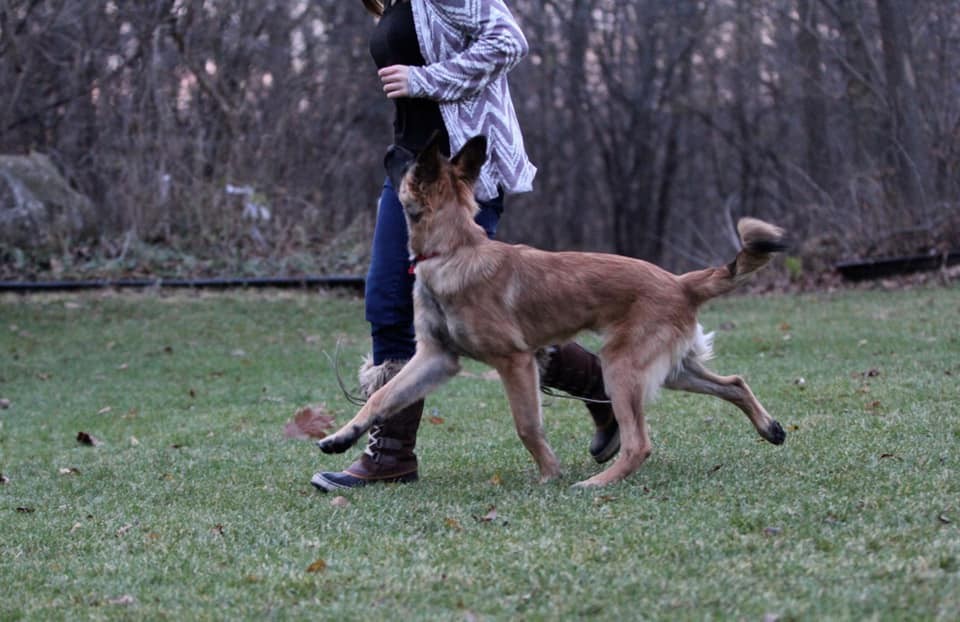Two Left Feet: An Alternative Approach to Footwork When Heeling
I have been teaching handling to obedience students for a long time. Some students have no issue incorporating and even changing their handling to use specific footwork. But most students have a lot of trouble keeping their footwork consistent.
It might be easier without the dog and without a judge calling the heeling pattern. But insert the dog or the judge into the picture and you can get a stressed and paralyzed handler that get tied up into foot placement thoughts when there is a lot more handling to think about. These handlers worked many days, weeks, months, and some had worked years perfecting the footwork without the dog.
Why does this happen?
What's Important When It Comes To Footwork When Heeling?
I decided to experiment with ideas that could help most handlers in obedience. Can you handle your dog without footwork? Do dogs really need handlers to stop or start on a certain foot. Do handlers need to place their feet in a certain way to cue the perfect a turn? Because of my experience in agility and other sports, my instinct was answering, "Yes. No. No" to those questions.
Because of that, I created a unique way to look at obedience handling without any emphasis on footwork. This process shifts the emphasis away from footwork and lower body movement into upper body cues. When you depend on footwork, you must translate each maneuver into foot placement immediately after the judge gives you the cue. That translation can take time and that delay causes all kinds of problems for the handler. No need to translate when you work with my system of handling, because you won't focus ont foot placement.
An Alternative Approach: Cuing With The Upper Body Instead
In agility, your dog gets information from upper and lower body motion, where you are looking, and where your feet are pointing. Obedience is no different than agility. Dogs get information the same way. For instance, let's look at about turns. Most people spend months working on footwork for about turns. It is so much simpler to focus on your upper body and spatial awareness. Here is a chalk talk that goes through the about turn mechanics within this system.
Photo credit: Alexa Goulet
By accepting you will be accessing a service provided by a third-party external to https://www.fenzidogsportsacademy.com/
